Sidney Nolan (1917-1992)Glacier, 1964
dated and signed lower left: '28 Aug 1964 / Nolan'
numbered, titled, dated and signed verso: 'No. 6 / Glacier / 28 Aug 64 / Nolan'
oil on composition board
122.0 x 122.0cm (48 1/16 x 48 1/16in).FootnotesPROVENANCE
Marlborough-Gerson Gallery, New York (label attached verso)
Private collection, New York, acquired from the above in 1968
EXHIBITED
Sidney Nolan, Marlborough-Gerson Gallery, New York, United States of America, January 1965, cat. 6 (label attached verso)
Sidney Nolan, San Antonio Art League, Witte Memorial Museum, San Antonio, Texas, United States of America, January - February 1967, cat. 16
LITERATURE
Rodney James, Sidney Nolan Antarctic Journey, Mornington Peninsula Regional Gallery, Mornington, 2006, cat. 29, p. 74
'Glaciers that are pitted and ruffled by the wind, like a choppy sea, creep down from their side to the open ocean, and sometimes as you gaze upwards, you see a tremendous mirage forming'
Alan Moorehead, January, 1965
In 1964 Sidney Nolan visited Antarctica as a guest of the United State Navy fulfilling a boyhood passion for the continent and the story of its infamous explorers: Ernest Shackleton, Robert Scott and Douglas Mawson. Nolan had embraced the opportunity after his friend Alan Moorehead first suggested the idea at the 1962 Adelaide Festival. Like his other series' dealing with mythologised historical characters such as Ned Kelly, Burke and Wills and Leda and Swan, Nolan combined myth and landscape in his Antarctic series to produce a remarkable body of work comprising of 63 documented paintings, with a vast majority executed between 27th August and 20th September 1964.
'The Glacier paintings.. figure among some of the most exuberant and exploratory of the Antarctic series. The Dry Valleys – on which these paintings are based – live up to their name: no rain falls there, snow appears only in patches and the small round stones are polished by strong winds. Nolan could have visited the area in one of the flights taken from McMurdo Sound or alternatively on the way down to Scott Admunsen Base at the South Pole. In line with this method of transport he returned to an aerial perspective in the paintings, looking down and across.. 'Critics used terms such as 'anxious', 'troubled' and 'menacing' to describe works from the 1 and 2 of September when they were first exhibited.'1
The present work has been in the same private American collection since it was acquired from Marlborough Gerson Gallery, New York, in 1968. It was originally thought that Nolan painted his Glacier subjects on the 1st and 2nd of September. However, the re-emergence of the present work, dated 28th August 1964, confirms that Nolan had in fact already begun experimenting much earlier. That same day he painted a group of major works including a very similar composition of Mt Erubus, now in the collection of the Art Gallery of New South Wales, Sydney.
'Several of these paintings such as Cape Crozier and Mt Erubus refer to specific locations in close proximity to one another. Each of the locations are either visible to or accessible from the McMurdo camp... Nolan concentrated on the dramatic meeting of land and sea which coupled with the generalised titles serve as a means to release the viewers imagination rather than direct them. Again it is possible that Nolan was working chronologically by constructing sequence of the works based on the places and times of his actual tour. In a short space of time Nolan developed several quite distinct approaches to his subjects. 2
Glacier, 1964, showcases several distinct approaches that Nolan developed when confronting these rugged, majestic landscapes: The subtle grandeur of Mount Erubus looming in the background; the blackened ice and sea surging together, whilst a mottled marbling effect of shimmering ice creates depth in the foreground, all of which capture the harshness and severity of the landscape Nolan had endured. The Antarctic series that followed Nolan's journey was to be his last major body of work that examined the making of modern legends.
Alex Clark
1. Rodney James, Sidney Nolan - Antarctic Journey, Mornington Peninsula Regional Gallery, Mornington, 2006, p. 33
2. Ibid., p. 18
Sidney Nolan (1917-1992)Glacier, 1964
dated and signed lower left: '28 Aug 1964 / Nolan'
numbered, titled, dated and signed verso: 'No. 6 / Glacier / 28 Aug 64 / Nolan'
oil on composition board
122.0 x 122.0cm (48 1/16 x 48 1/16in).FootnotesPROVENANCE
Marlborough-Gerson Gallery, New York (label attached verso)
Private collection, New York, acquired from the above in 1968
EXHIBITED
Sidney Nolan, Marlborough-Gerson Gallery, New York, United States of America, January 1965, cat. 6 (label attached verso)
Sidney Nolan, San Antonio Art League, Witte Memorial Museum, San Antonio, Texas, United States of America, January - February 1967, cat. 16
LITERATURE
Rodney James, Sidney Nolan Antarctic Journey, Mornington Peninsula Regional Gallery, Mornington, 2006, cat. 29, p. 74
'Glaciers that are pitted and ruffled by the wind, like a choppy sea, creep down from their side to the open ocean, and sometimes as you gaze upwards, you see a tremendous mirage forming'
Alan Moorehead, January, 1965
In 1964 Sidney Nolan visited Antarctica as a guest of the United State Navy fulfilling a boyhood passion for the continent and the story of its infamous explorers: Ernest Shackleton, Robert Scott and Douglas Mawson. Nolan had embraced the opportunity after his friend Alan Moorehead first suggested the idea at the 1962 Adelaide Festival. Like his other series' dealing with mythologised historical characters such as Ned Kelly, Burke and Wills and Leda and Swan, Nolan combined myth and landscape in his Antarctic series to produce a remarkable body of work comprising of 63 documented paintings, with a vast majority executed between 27th August and 20th September 1964.
'The Glacier paintings.. figure among some of the most exuberant and exploratory of the Antarctic series. The Dry Valleys – on which these paintings are based – live up to their name: no rain falls there, snow appears only in patches and the small round stones are polished by strong winds. Nolan could have visited the area in one of the flights taken from McMurdo Sound or alternatively on the way down to Scott Admunsen Base at the South Pole. In line with this method of transport he returned to an aerial perspective in the paintings, looking down and across.. 'Critics used terms such as 'anxious', 'troubled' and 'menacing' to describe works from the 1 and 2 of September when they were first exhibited.'1
The present work has been in the same private American collection since it was acquired from Marlborough Gerson Gallery, New York, in 1968. It was originally thought that Nolan painted his Glacier subjects on the 1st and 2nd of September. However, the re-emergence of the present work, dated 28th August 1964, confirms that Nolan had in fact already begun experimenting much earlier. That same day he painted a group of major works including a very similar composition of Mt Erubus, now in the collection of the Art Gallery of New South Wales, Sydney.
'Several of these paintings such as Cape Crozier and Mt Erubus refer to specific locations in close proximity to one another. Each of the locations are either visible to or accessible from the McMurdo camp... Nolan concentrated on the dramatic meeting of land and sea which coupled with the generalised titles serve as a means to release the viewers imagination rather than direct them. Again it is possible that Nolan was working chronologically by constructing sequence of the works based on the places and times of his actual tour. In a short space of time Nolan developed several quite distinct approaches to his subjects. 2
Glacier, 1964, showcases several distinct approaches that Nolan developed when confronting these rugged, majestic landscapes: The subtle grandeur of Mount Erubus looming in the background; the blackened ice and sea surging together, whilst a mottled marbling effect of shimmering ice creates depth in the foreground, all of which capture the harshness and severity of the landscape Nolan had endured. The Antarctic series that followed Nolan's journey was to be his last major body of work that examined the making of modern legends.
Alex Clark
1. Rodney James, Sidney Nolan - Antarctic Journey, Mornington Peninsula Regional Gallery, Mornington, 2006, p. 33
2. Ibid., p. 18
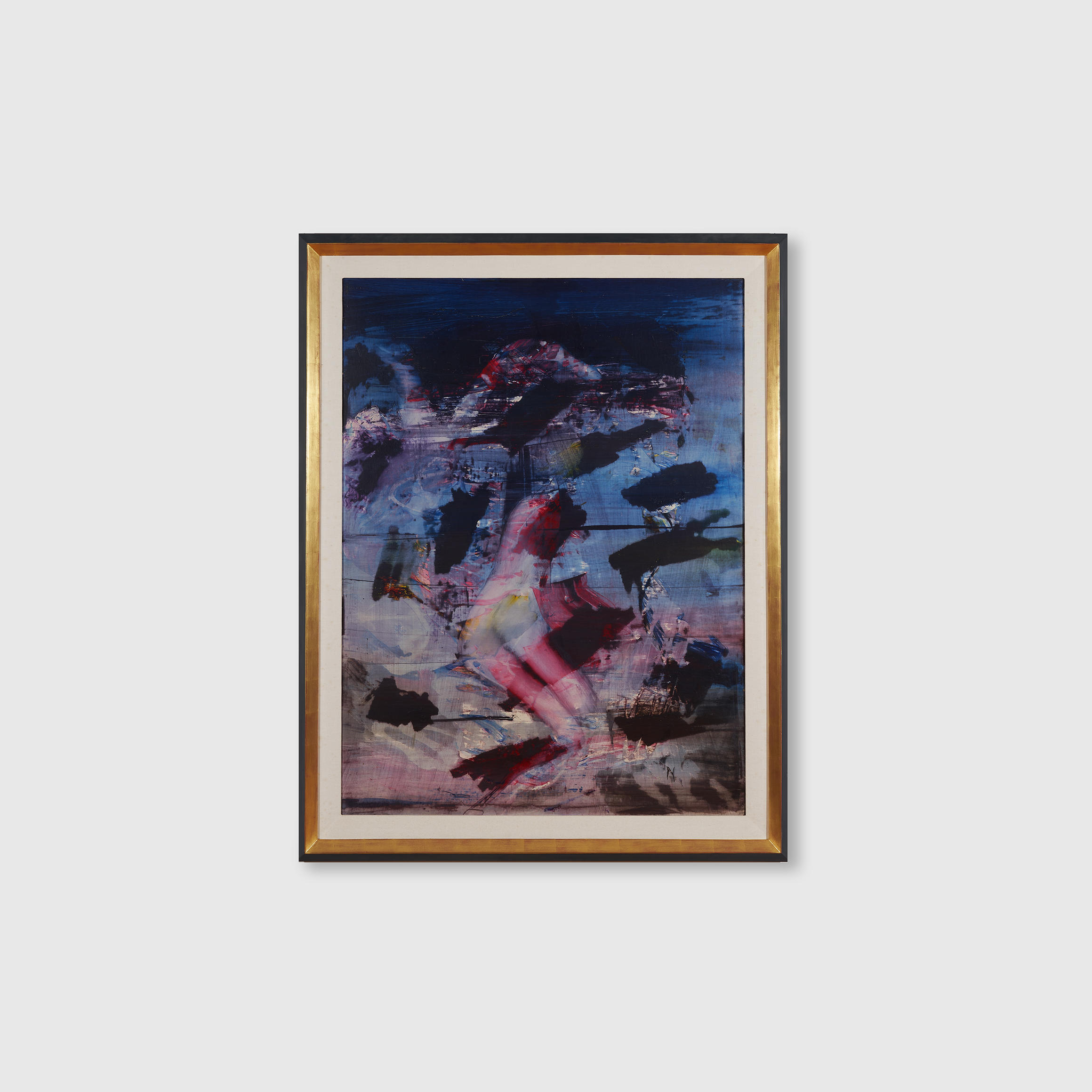

.jpg)
.jpg)
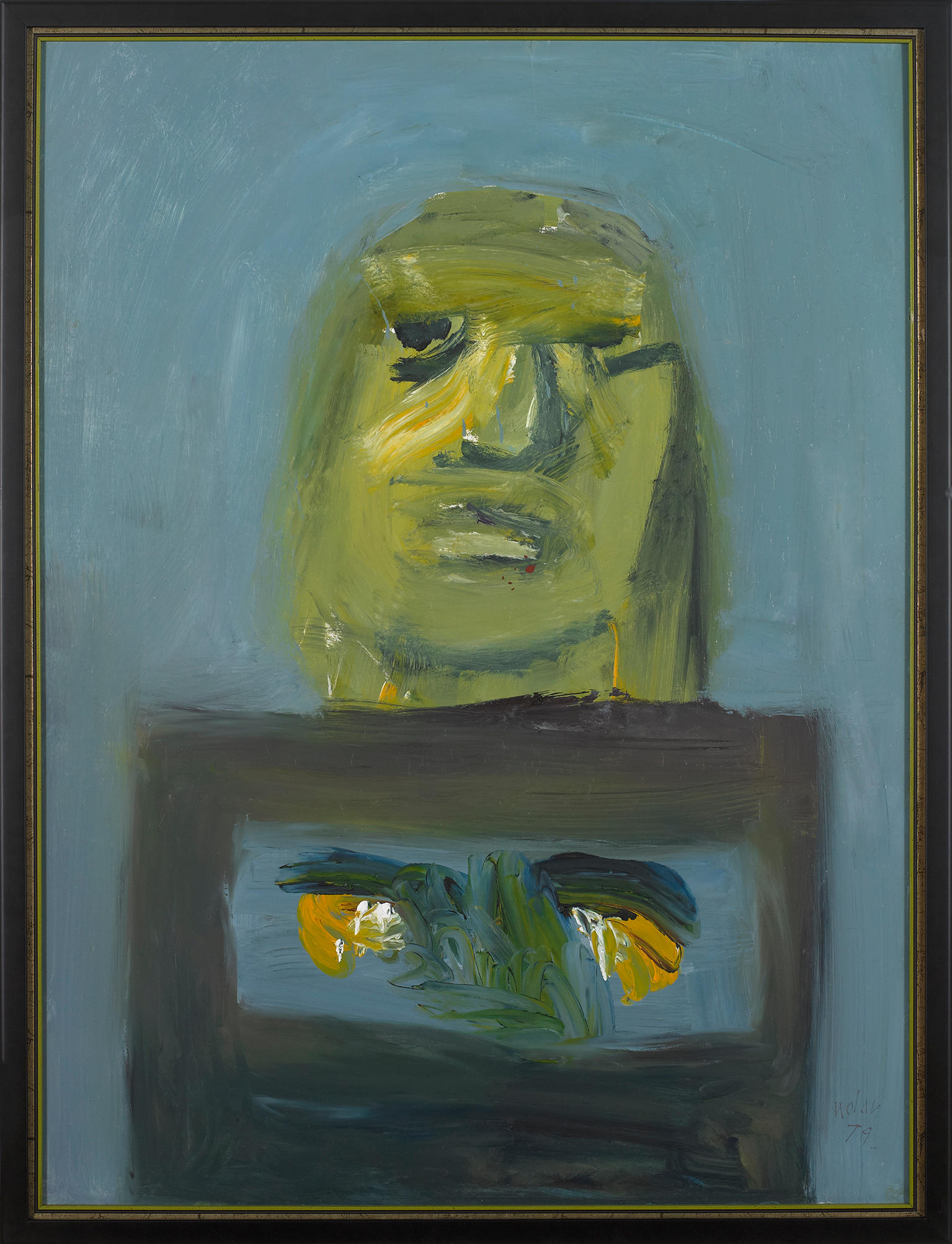
.jpg)
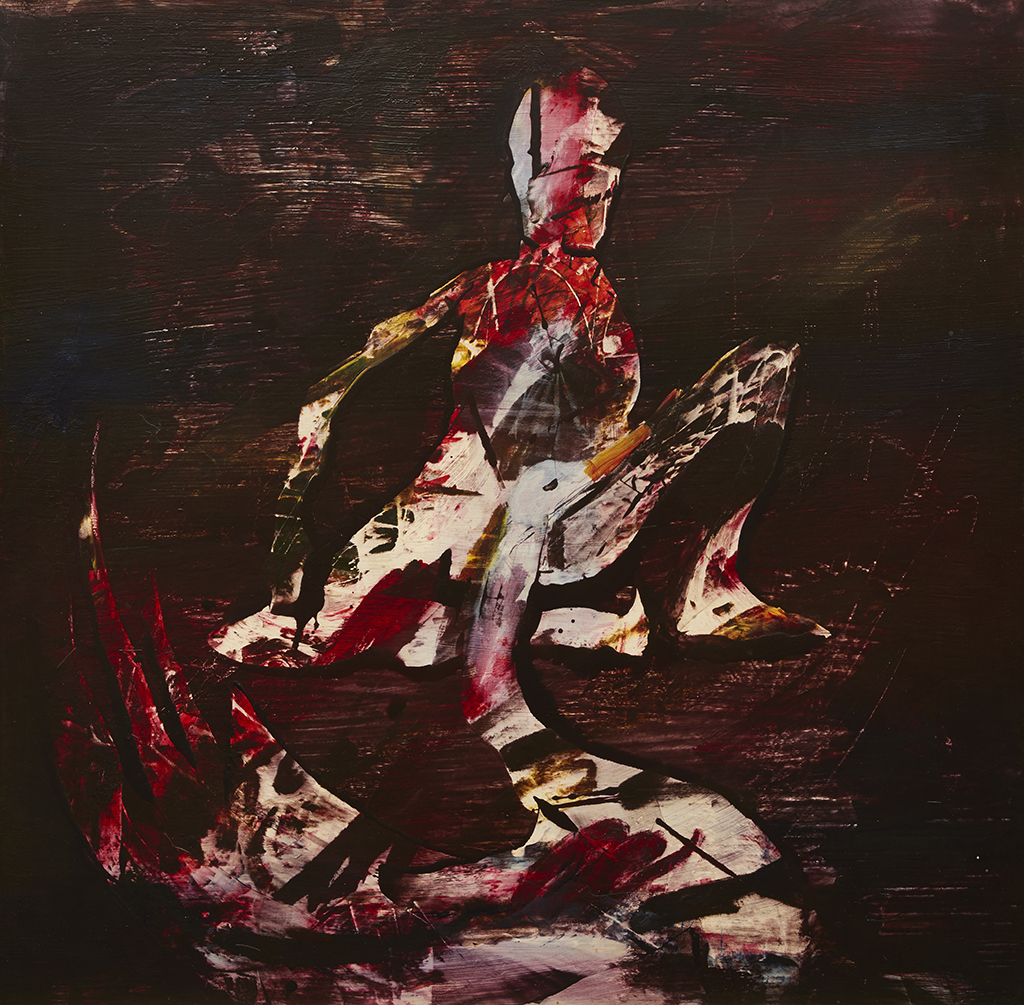
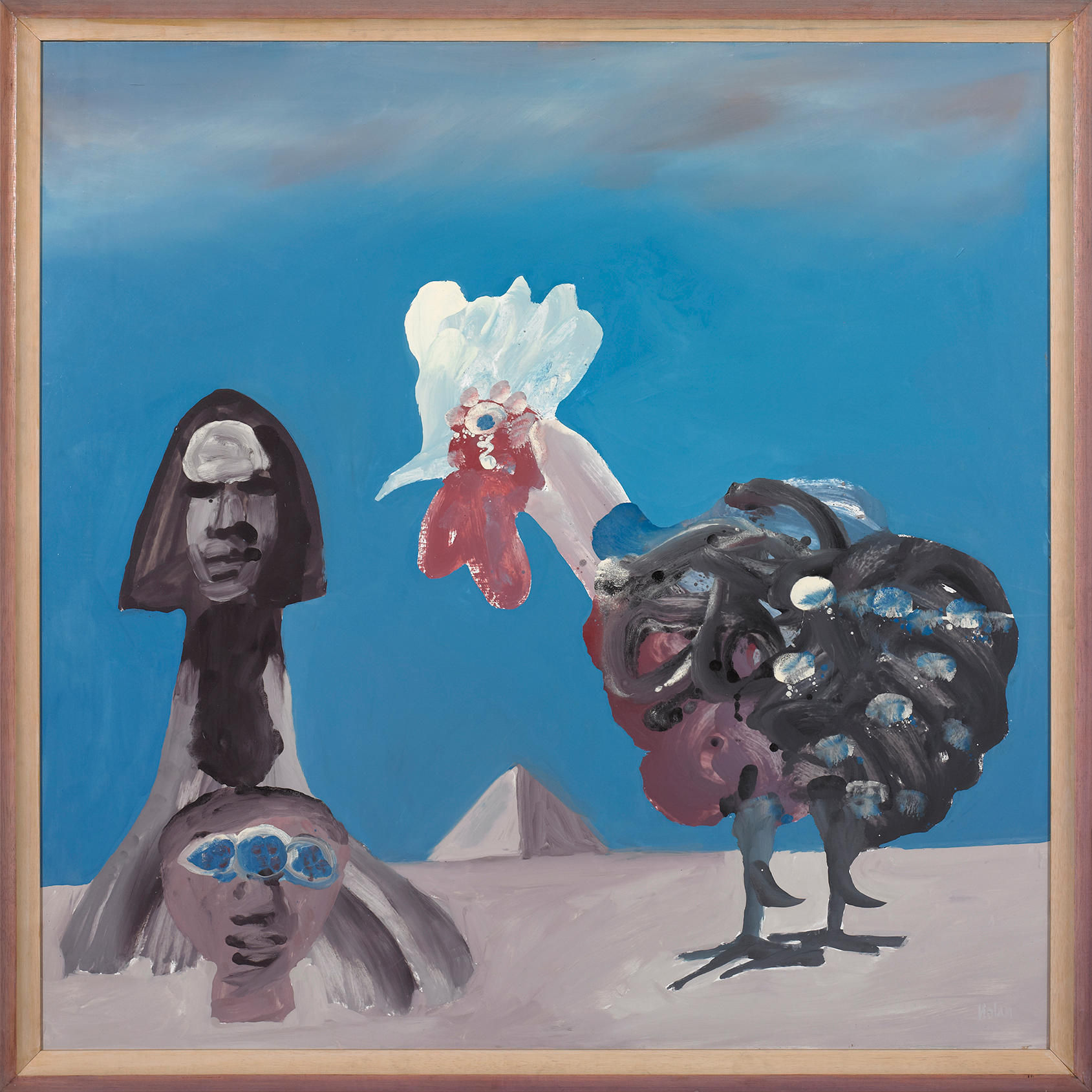
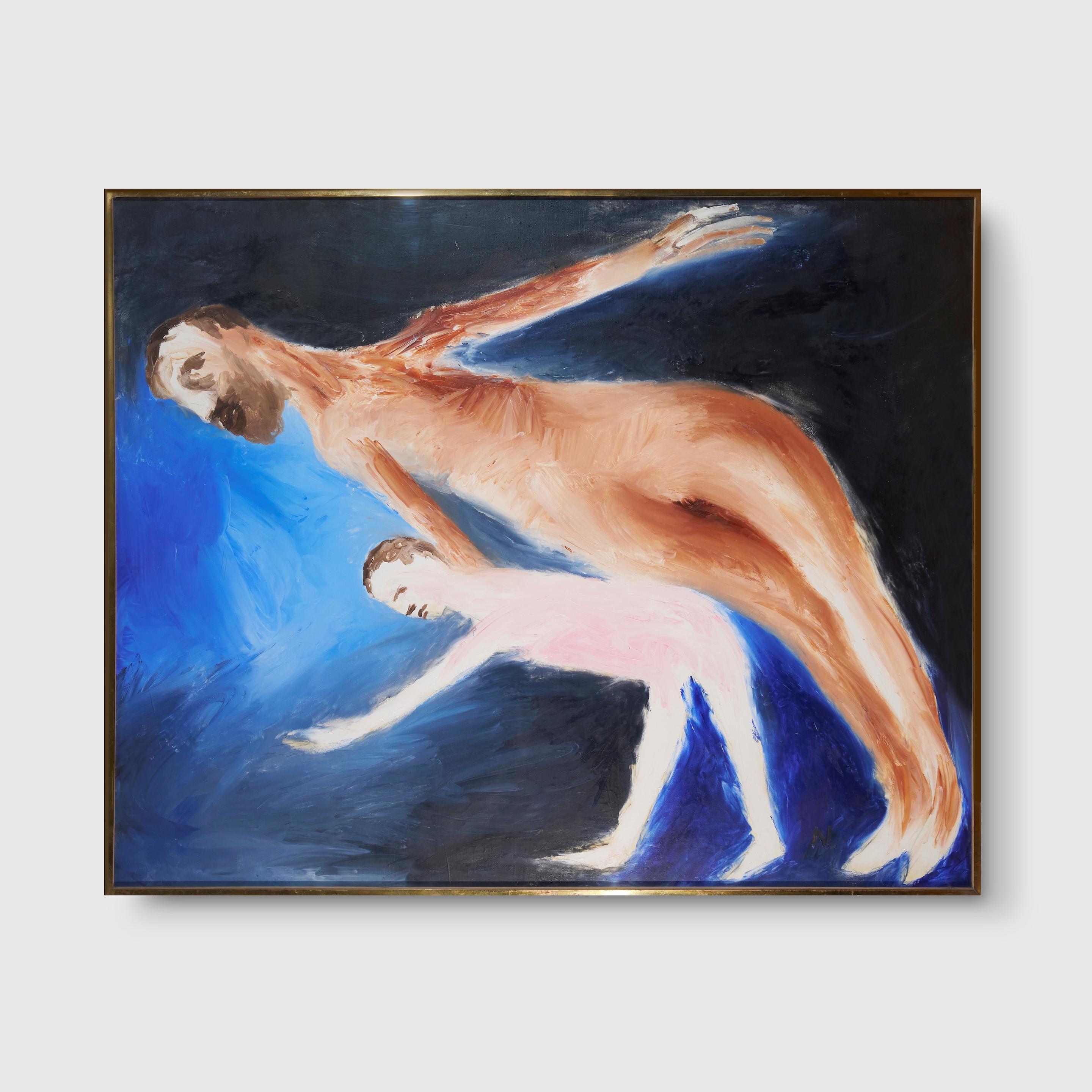

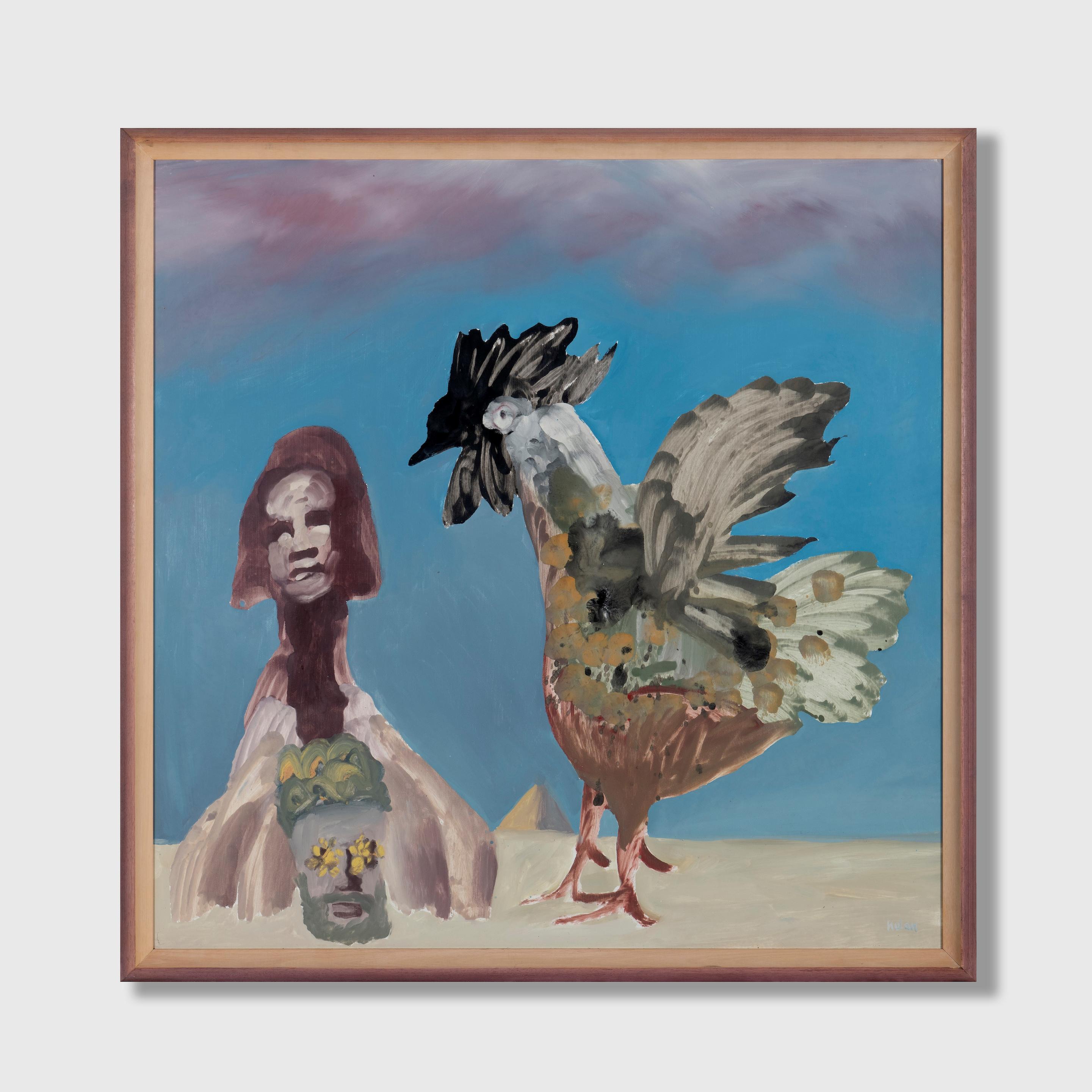
.jpg)

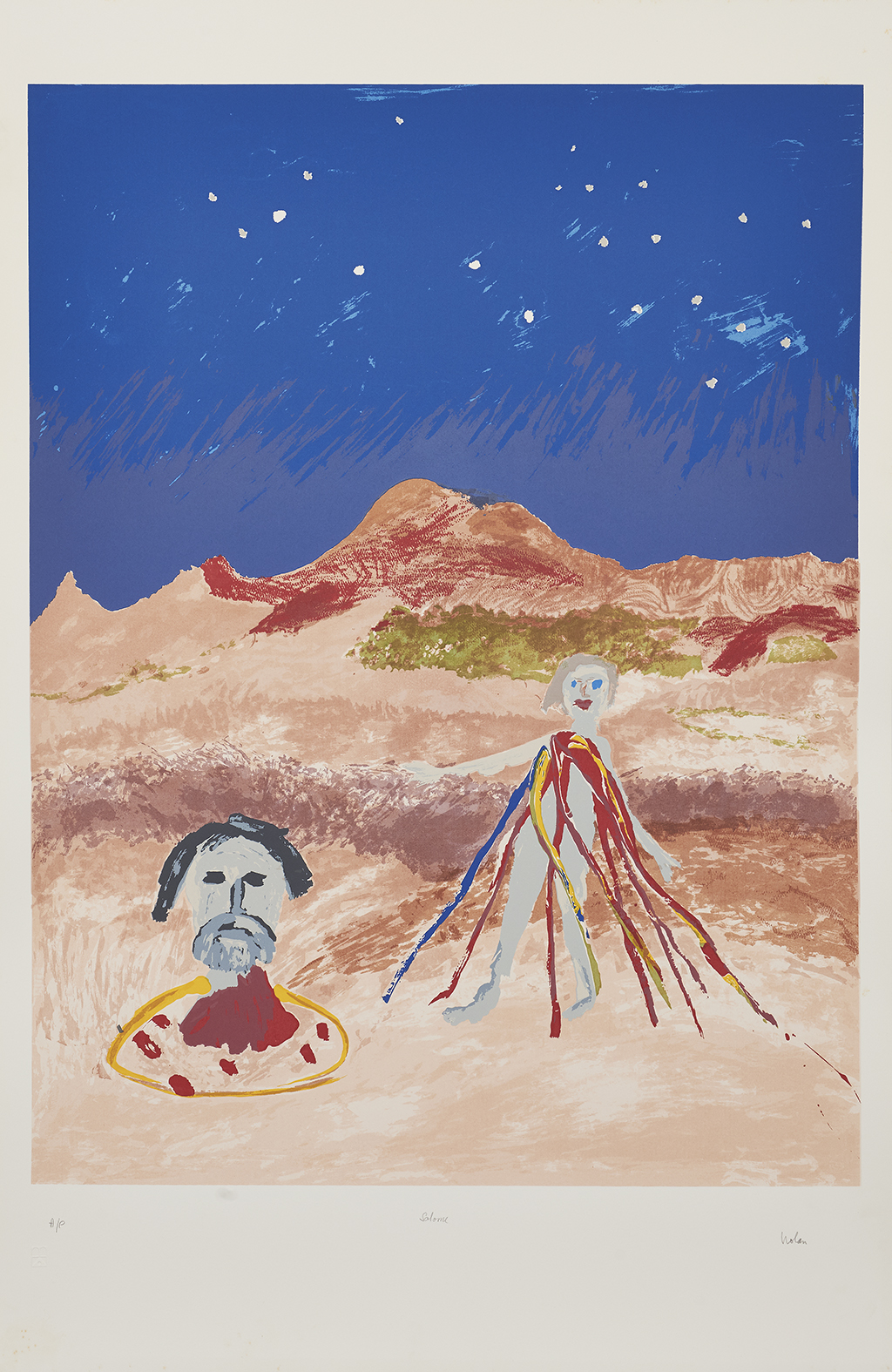
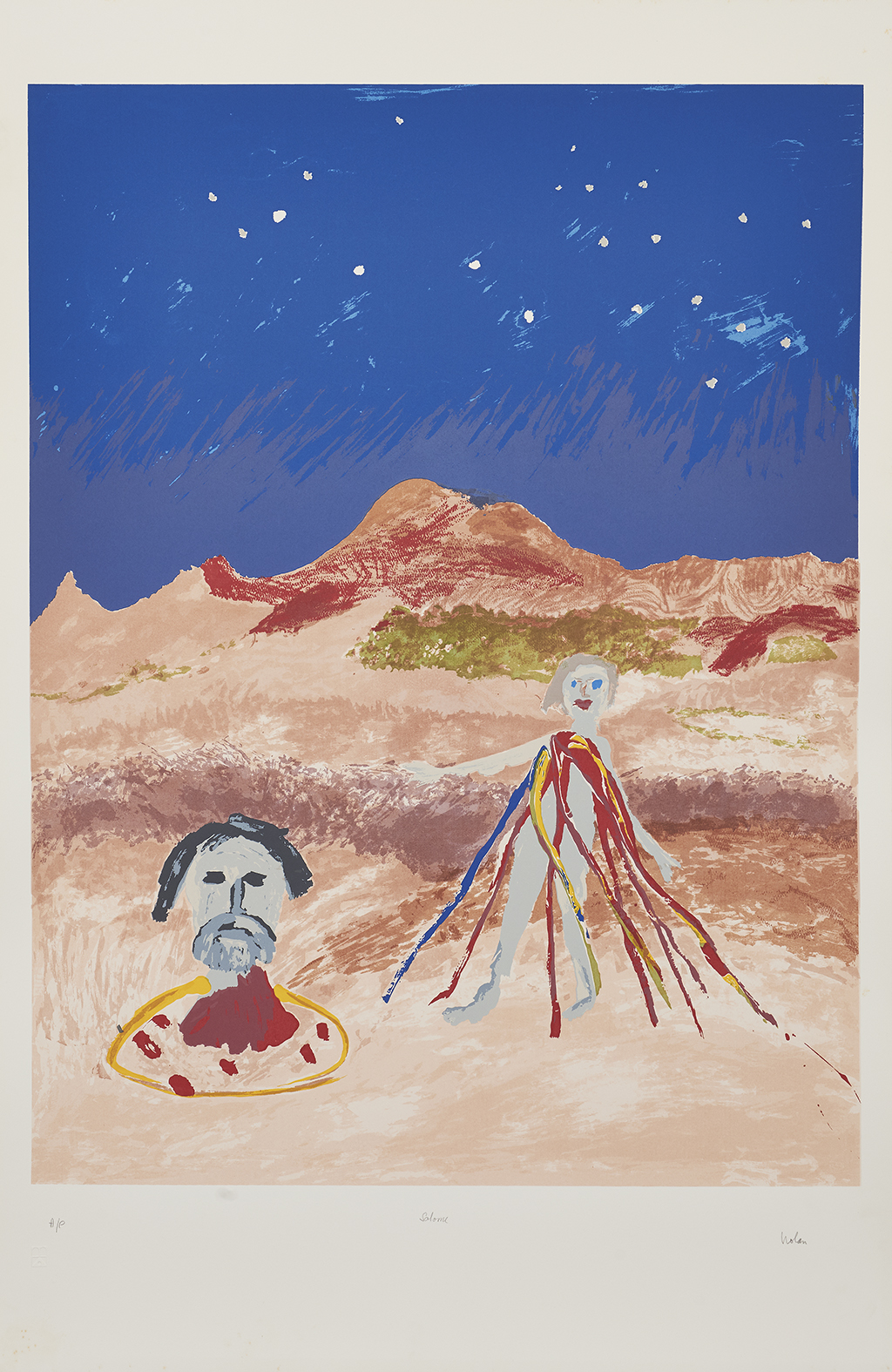
Try LotSearch and its premium features for 7 days - without any costs!
Be notified automatically about new items in upcoming auctions.
Create an alert